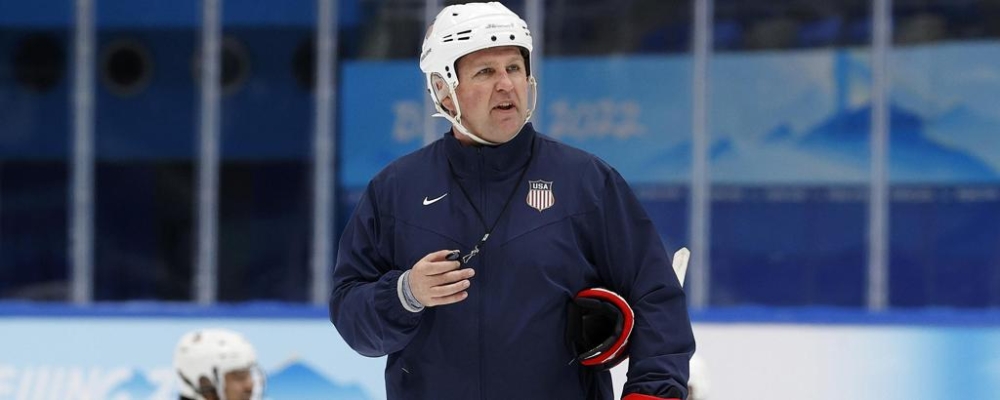Coaching Mixed Skill Levels: Meeting Players Where They’re At

In youth hockey, coaches will come across players of all different skill levels. Often, they’ll experience this wide range of skills on a single team.
“I don’t think people in general respect how difficult teaching or coaching a wide range of skills really is,” said David Hoff, USA Hockey Northern Plains District coach-in-chief. “It’s such a challenge and I don’t care what level you’re coaching at.”
So, how can coaches get the most out of their players at both ends of the skill spectrum?
“It’s about the right mentality. Too often in coaching and in teaching, we have kind of a one-size-fits-all approach – where it’s ‘I’m teaching this,’” Hoff said. “The mindset has to change a little bit in terms of instead of one-size-fits-all, needs to be a little more meeting players where they are at.”
Player Grouping
Meeting players where they are includes trying to get players to attainably play above their level.
“The word I always use is ‘stretch,’” Hoff said. “How do I stretch each player appropriately? Not let them be comfortable but try to stretch each one. And it’s not the same for everyone. If the starting point is not the same for everyone, the amount you stretch is going to be different.”
A way to stretch players is by shrinking the difference in ability. This can be accomplished by grouping players with similar skill sets.
“Instead of having the most skilled to the least skilled, can I have an upper third, a middle third and a lower third? That is going to make that range a lot different and that’s going to give me a better chance to be successful. It’s going to give me a chance to meet those groupings where they are,” Hoff said.
Grouping Leads to Engagement
Coaches can then adjust how they are teaching each particular group. Do not expect to teach the same things to each group. This is also an opportunity to move kids either up or down depending on the objective of the drill or game.
“We’re not grouping players for life. If we do our jobs as coaches, players should move from those different groupings,” Hoff said. “Taking a snapshot of where they are at and grouping by ability so we can help those players learn better at that point in time.”
By grouping players by skills, you’re not making it too challenging for the lesser skilled players nor too easy for the most skilled.
“Grouping by ability is a simple example because if something is way too hard and you’re not ready to learn it or to execute something, that leads to feeling uncomfortable,” Hoff said. “It’s not a great learning situation.”
Keeping kids on a leveler playing field with their peers leads to more fun and engagement.
“Engagement is probably one of my favorite words when it comes to learning and development. Engagement is the rocket fuel to development; it’s the rocket fuel to learning,” Hoff said.
Keeping it Game-Like
No matter what age or skill level a player is at, they will enjoy playing games. Hoff said that putting groups in game-like scenarios against players with similar skill sets will benefit them when they go into competition outside their teammates.
“Too often we just teach a skill in some way. And somehow if we want kids to demonstrate learning, whether they’re a middle-third or upper-third player, we need to let them practice in a game-like environment,” Hoff said. “If we want them to execute in a game-like environment we need that practice environment to be the same.”
By using small area games and drills, coaches can put their groups into a positive learning environment where the game teaches the players.
“We get stuck in a mode of trying to teach something specifically and this is how you do it. And that’s even a mindset change that if this is how we do it, I don’t know if the least-skilled player is going to have a chance to do it the same way the most-skilled player does,” Hoff said. “It’s not about teaching players how to do it, it’s about giving them tools to solve situations as they’re playing the game.”
Source: usahockey.com
